 |
| Kobe Port Tower seen from the Earthquake Museum |
The person who took our group to visit Kobe was Nguyen Manh Ngoc. He is from Hanoi, studied law; from the early 1990s he went to Japan to continue studying and recently became a tour guide for Vietravel . According to Ngoc, after the 1995 earthquake, Kobe had 2 structures that still stood, which were the Kobe Port Tower and the Akashi Kaikyo Bridge across the Akashi Strait.
The 108m high Kobe Port Tower, built in 1963, is graceful yet strong. After the disaster, it became a new symbol of Kobe people. The Akashi Kaikyo suspension bridge, which connects the best of technology, has become a symbol of Japan.
The Akashi Kaikyo Bridge is nearly 4 kilometers long and was built in 1988, with 3 spans. The main span, when built, was only 1,990 meters long, but after the earthquake it was extended by 1 meter! In addition to the latest advances applied, the world is amazed to know that, despite being impacted with a magnitude of 7.2 on the Richter scale, the Akashi Kaikyo Bridge was still intact, thanks to 2 rigid girder systems with joints that can withstand winds of 286 km/h and earthquakes of magnitude 8.5 on the Richter scale and the impact of water currents.
After years of rebuilding efforts, a young, beautiful Kobe emerged.
Coming to Kobe today, if you are looking for traces left after the earthquake, you can go to Mariken Park. At the scene, a damaged wharf area is preserved. But the most concentrated and diverse are the artifacts displayed at the Earthquake Museum of the Disaster Reduction Research Institute & Human Innovation (DRI) located at 1-5-2 Kaigan Street, Chuo District. Opened in April 2002, DRI is a place to display and preserve documents and data related to the 1995 Kobe earthquake to help people learn from the disaster. DRI is also a place to train human resources for localities in Japan and share experiences in earthquake response with other countries. On the west side of the building, our group was taken to a fairly large auditorium with many steps from low to high. Everyone stood and looked at the big screen. After a brief introduction, the lights suddenly went out. The sound, images and lights of 3D technology helped us witness with our own eyes: “The Shock at 5:46”.
In a moment, Kobe's intact buildings collapsed. Electricity short-circuited, houses burned. Highways twisted and tilted. What a terrifying sight!
Seven minutes of visual experience brought by the Hanshin-Awaji earthquake made many people unable to hold back their tears, because in just 20 seconds. Yes, only 20 seconds, but the Hanshin-Awaji earthquake killed 6,433 people, including 4,600 people in Kobe. The city was devastated. Traffic, electricity, water, hospitals, schools, offices... along with hundreds of thousands of houses collapsed or were severely damaged; material damage was estimated at 100 billion USD. That moment was 5:46 (Japan time) on January 17, 1995!
We thought that "earthquake" would make Kobe collapse, but in another, more spacious auditorium, we witnessed Kobe's rise, through the tragic story of a girl made into a documentary.
When the house collapsed, she wanted to stay and find a way to save her sister. But the unfortunate sister begged her: “Run!”. Listening to her sister, she survived and like other victims in Kobe, she began to face the challenges of living without a home, without electricity, without water and in the cold.
Watching the 15-minute film titled “Living Forever with the City”, we deeply understand why Kobe miraculously revived. First and foremost, it started with the goodwill of volunteers. The army was mobilized, many emergency rescue teams were present in time to rescue those trapped in the rubble, provide first aid on the spot and take them to the hospital for treatment. The remaining buildings were requisitioned as temporary shelters. Temporary housing areas and resettlement areas were hastily built. Kobe was not in chaos thanks to the protection of the people and the Japanese Government. Food, clothing and essential items were directly delivered or sent free of charge by post . Thanks to that, hundreds of thousands of homeless people overcame the hardship to join hands and contribute to rebuilding Kobe from desolation and ruins.
The lesson learned in Kobe's reconstruction was that when buildings were built, their foundations were buried deep or placed on iron balls that rolled on a slide. This allowed the ground to interact only with the balls when an earthquake occurred, so the building remained standing.
Nowadays, every family in Kobe equips themselves with bags containing many essential items such as medicine, flashlights, drinking water, food, etc. in case the house collapses or the electricity and water are cut off, they will have the items to use immediately.
Japan is a country that faces earthquakes and tsunamis. As for Vietnam, especially the central coastal region, we often face storms and floods. In 1999, Hue experienced a historic flood. The loss of life and property was enormous. But to help current and future generations understand its harmful effects and proactively respond to natural disasters, we do not have a place to restore and display it. Is the Museum of History an agency that can take on this responsibility?
Natural disasters inflict the same pain on humanity and overcoming it depends on human potential, determination and will.
I realized that from the disaster in Kobe.
Source





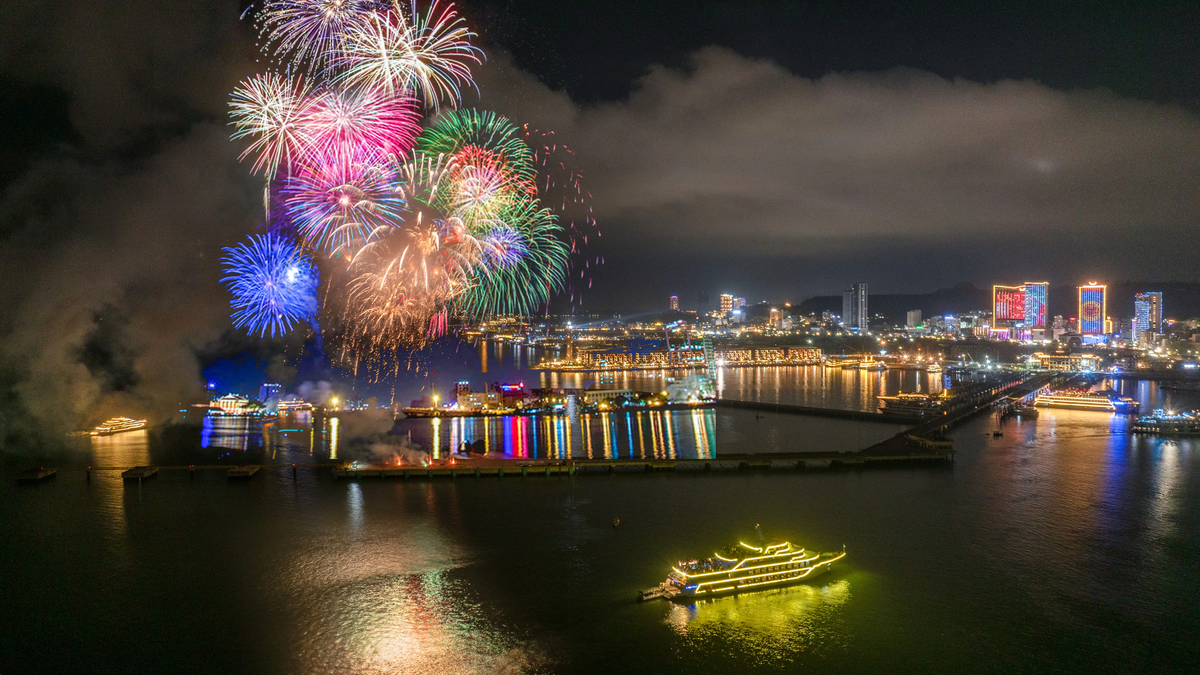

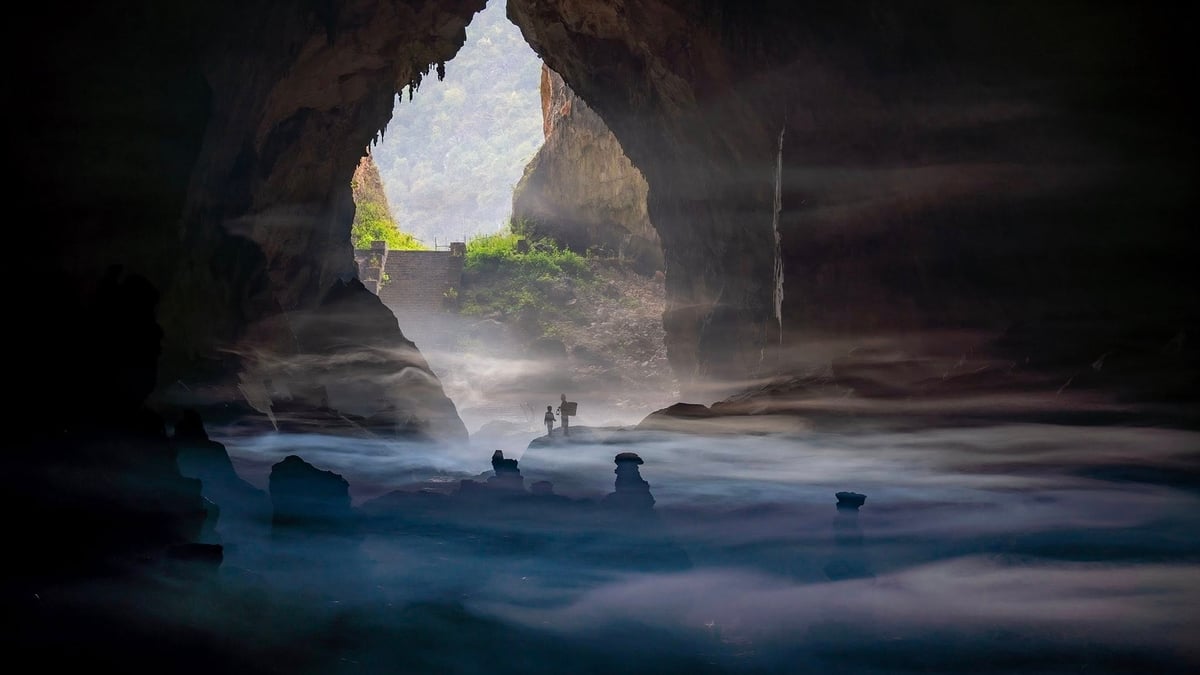
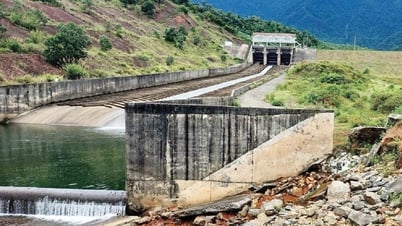


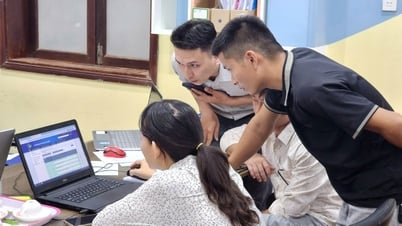

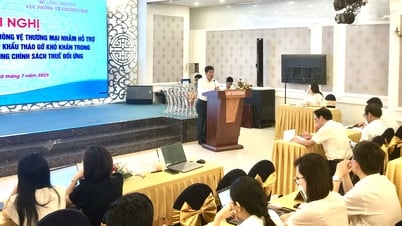
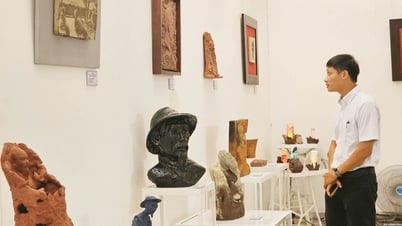




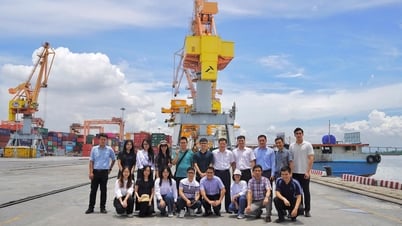




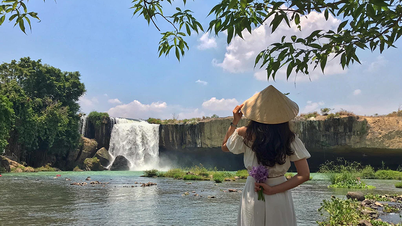

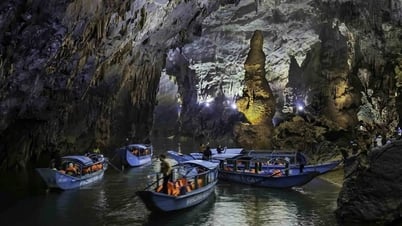







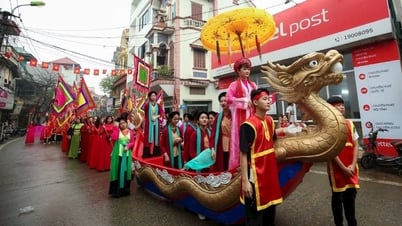

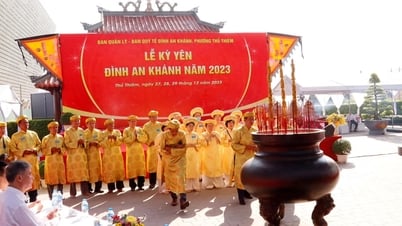







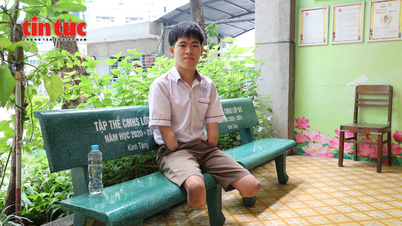

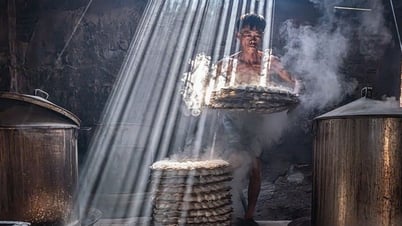



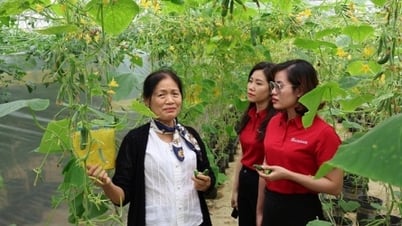

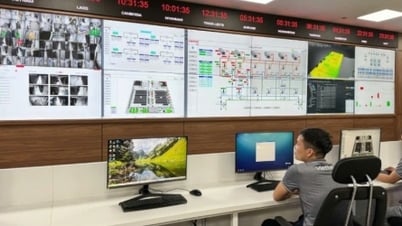





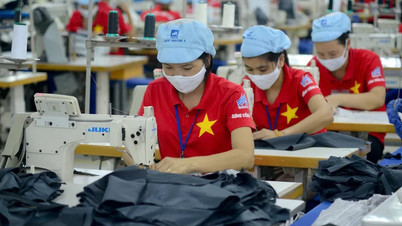







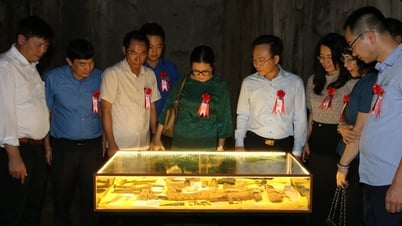



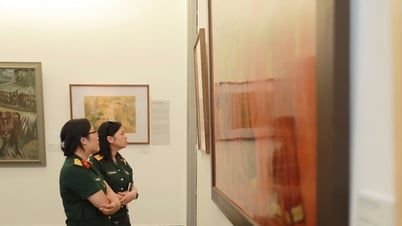





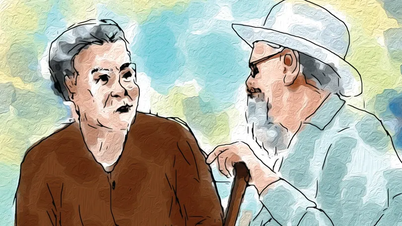

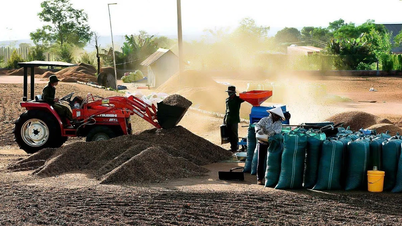





![[OCOP REVIEW] Bay Quyen sticky rice cake: A hometown specialty that has reached new heights thanks to its brand reputation](https://vphoto.vietnam.vn/thumb/402x226/vietnam/resource/IMAGE/2025/7/3/1a7e35c028bf46199ee1ec6b3ba0069e)










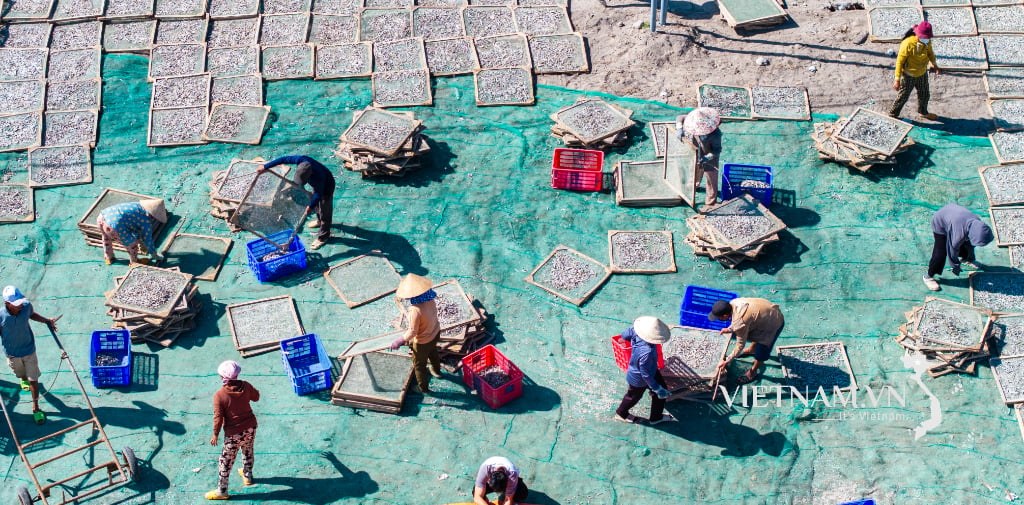
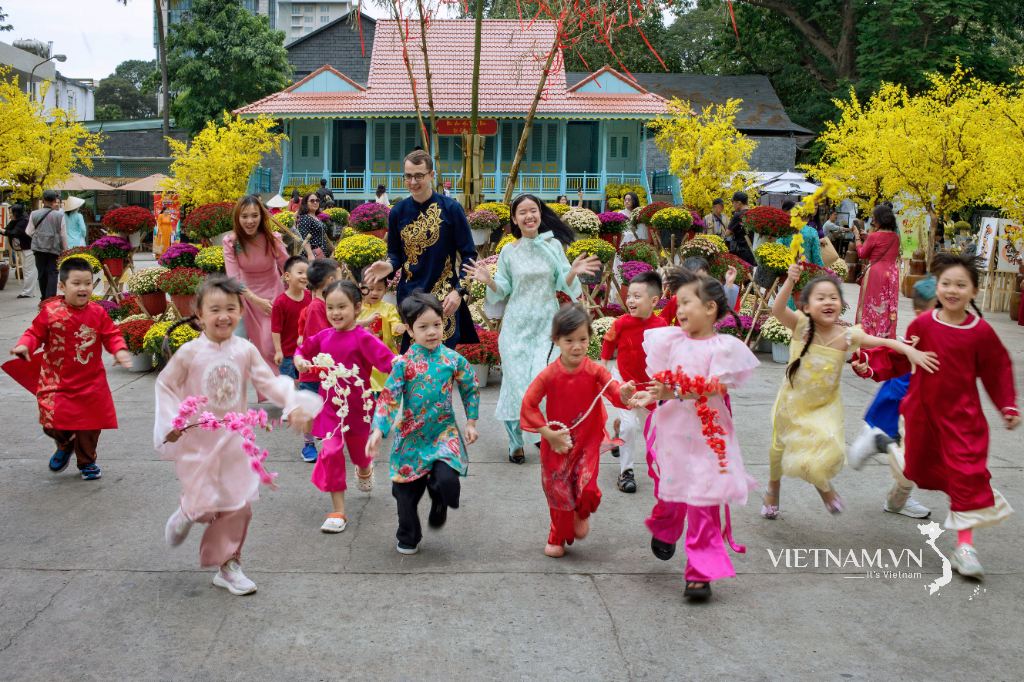
Comment (0)